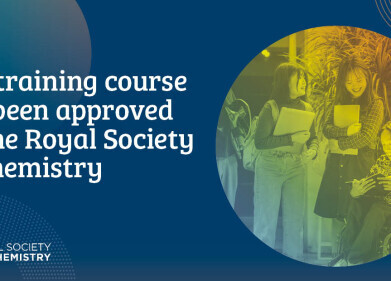Gas Chromatography
How to Lure in Mosquitos — Chromatography Makes a Cocktail
Sep 29 2017
Most of us like a sweet treat every now and again — and it seems like we are not alone. Apparently, besides enjoying the taste of human blood, mosquitoes also have a sweet tooth. And just like humans, this sweet tooth could be the undoing of them. At a recent meeting of the American Chemical Society, a company — called ISCA from California, USA — reported on a method they have been exploring that uses mosquitoes sweet tooth to lure them into eating cocktail laced with pesticide.
World’s deadliest animals
It could be argued that mosquitoes are the World’s deadliest animals, killed over 700,000 people every year through the diseases they transmit like malaria. Traditionally, we have used insecticides to try and control them or reduce their numbers. This usually involves spraying a wide area with insecticides or using special netting that has been impregnated with insecticide to protect humans. But, mosquitoes have evolved resistance to many of the current insecticides that we use.
There is also the environmental impact of spraying insecticides over a wide area, with soils and water courses becoming contaminated. This can have the effect of affecting insects that we consider beneficial like pollinators such as bees. The situation is only likely to get worse as climate change takes hold with fewer cold spells to help control mosquitoes and more chance of flooding creating ideal breeding conditions. So new solutions are needed — enter the sweet tooth approach.
Attracted to poison
The researchers at ISCA looked to create a more targeted approach than the traditional mass spraying of insecticide. This involved using the mosquitoes love of nectar. They proposed creating a potion of semiochemicals — chemical signals — that mosquitoes love laced with insecticide. But first the team had to decide which chemicals that mosquitoes just couldn’t resist.
They collected a variety of sweet-smelling flowers and used gas chromatography to separate and identify the volatile odorous compounds. Gas chromatography is ideal for analysing volatile compounds like odour molecules as discussed in the article, A New Method for Fast Residual Solvents Analysis and Untargeted Unknown Identification Faster Sample Throughput and Shorter GC Runtimes Using GC-VUV and Static Headspace.
Twitching antennae give the game away
Once the compounds had been separated and identified, they had to be checked to see which ones were attractive to mosquitoes. For this, GC-EAD was used — with a set of mosquito antennae acting as the detector at the end of a GC column. The antennae produce a voltage when a likeable compound exits the GC column. This approach also allowed the team to eliminate any compounds that might be attractive to beneficial pollinators like bees.
The team could produce a semiochemical blend containing 20 signals that mosquitoes like — a blend of sugars and proteins — combined with insecticides. Preliminary field tests in Tanzania have proved to be very encouraging with a two-thirds reduction in mosquito population in the areas treated.
So, a sweet-tooth might be beneficial to humans after all.
Digital Edition
Chromatography Today - Buyers' Guide 2022
October 2023
In This Edition Modern & Practical Applications - Accelerating ADC Development with Mass Spectrometry - Implementing High-Resolution Ion Mobility into Peptide Mapping Workflows Chromatogr...
View all digital editions
Events
Jan 20 2025 Amsterdam, Netherlands
Feb 03 2025 Dubai, UAE
Feb 05 2025 Guangzhou, China
Mar 01 2025 Boston, MA, USA
Mar 04 2025 Berlin, Germany














